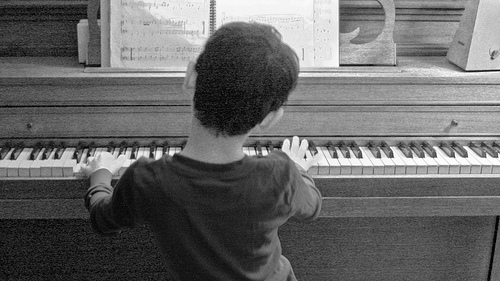 Every once in a while, I receive emails from readers wondering if their tuition rates are appropriate. Setting rates is a difficult topic to talk about, because for one thing, rate depend largely on the area where you live. For that reason, I can’t advise exact numbers — but with this article I hope to offer some guidelines and suggestions regarding this topic nevertheless.
Every once in a while, I receive emails from readers wondering if their tuition rates are appropriate. Setting rates is a difficult topic to talk about, because for one thing, rate depend largely on the area where you live. For that reason, I can’t advise exact numbers — but with this article I hope to offer some guidelines and suggestions regarding this topic nevertheless.
The Problem
I’m sure we’ve all experienced parents/students who are shopping for piano lessons by price. Let’s face it: many parents today (especially in America) shop for piano teachers based on price, even though they really should be “shopping” based on the teacher’s experience, education, professionalism, dedication, etc.. Parents shop by price because in their logic, little 6-year-old Suzie doesn’t need an expensive teacher unless they discover that she has a talent for piano and long-term interest. And they don’t know any better. Continue reading “Determining Tuition Rates for Piano Teaching”



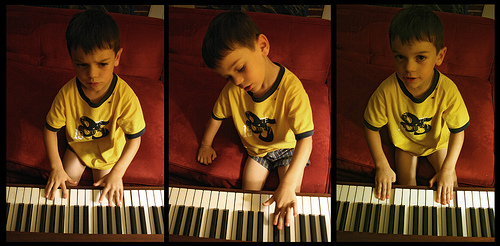

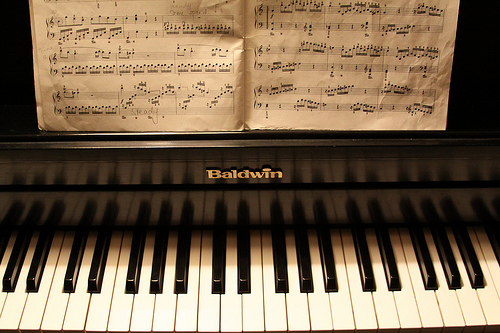



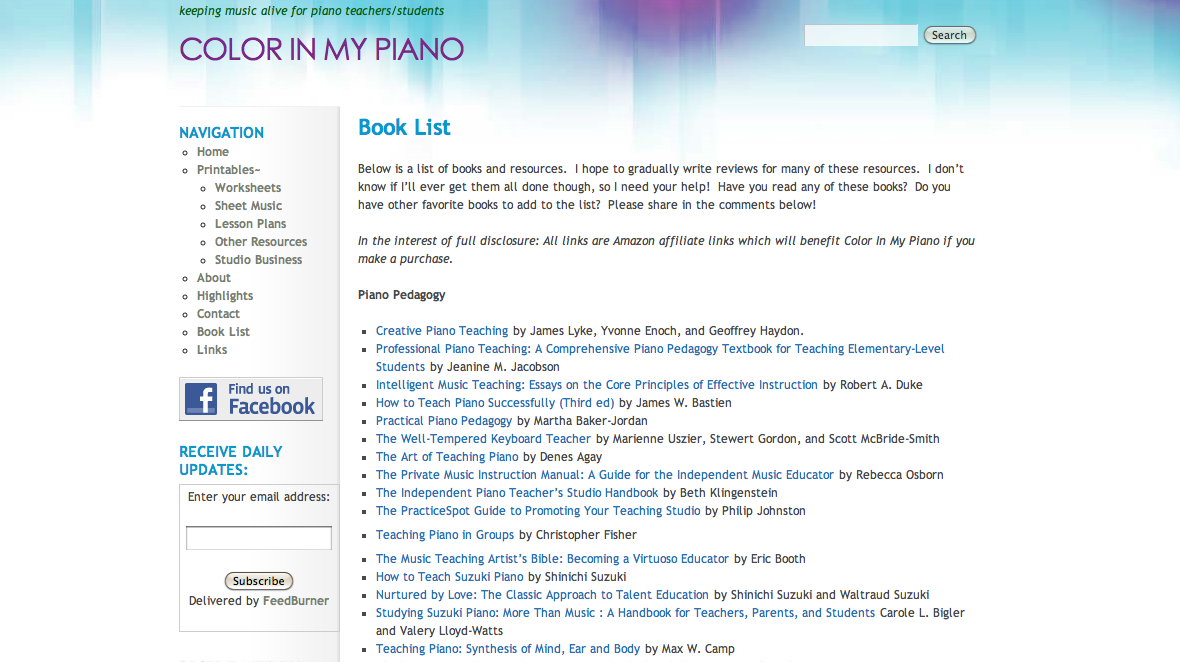
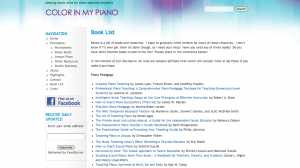 Piano Pedagogy
Piano Pedagogy
 This week I gave a few first lessons to some new students. One of the things I always ask during
This week I gave a few first lessons to some new students. One of the things I always ask during 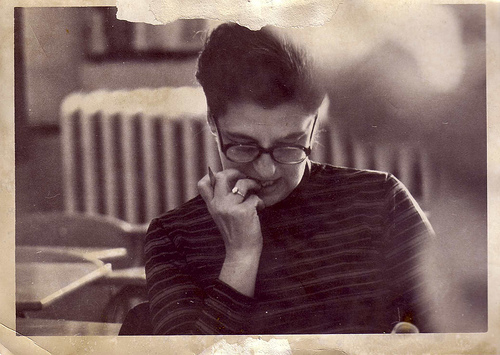
 Many college education (both music and otherwise) classes require students to write teaching philosophies. How many of you keep a teaching philosophy posted on your studio website or printed in studio materials? Have you updated it at all since your college days? And those of you who didn’t write one for college – have you considered writing one yourself?
Many college education (both music and otherwise) classes require students to write teaching philosophies. How many of you keep a teaching philosophy posted on your studio website or printed in studio materials? Have you updated it at all since your college days? And those of you who didn’t write one for college – have you considered writing one yourself?


 I read something this week that mentioned in passing the benefit of engaging the emotions for learning. This idea really stuck with me, and I haven’t stopped thinking about it since. It makes perfect sense, but I just never thought about it much before. I think this idea is worth some consideration.
I read something this week that mentioned in passing the benefit of engaging the emotions for learning. This idea really stuck with me, and I haven’t stopped thinking about it since. It makes perfect sense, but I just never thought about it much before. I think this idea is worth some consideration.
 At the 2010 Michigan Music Teachers Assocation conference this weekend, our conference clinician Martha Hilley had some wise words for us that I thought I’d share here:
At the 2010 Michigan Music Teachers Assocation conference this weekend, our conference clinician Martha Hilley had some wise words for us that I thought I’d share here: